Dry Eye
How to submit an article:
- Registered users can submit any published journal article that has a unique DOI (Digital Object Identifier) name or link to Research Hub.
- For example, you can paste the full DOI link:
https://doi.org/10.1109/5.771073or just the DOI name:10.1109/5.771073into the field above and click submit. - The person who is first to submit a valid article to Research Hub will forever be credited for it, and every article submission earns you +6 Research Points.
Published research studies are articles that present the findings of original research that has undergone a peer-review process and has been made publicly available in scholarly journals, books or other media.

Recommendations for nutritional supplements for dry eye disease: current advances
2024 May 30 Frontiers in Pharmacology Cong Y, Zhang Y, Han Y, Wu Y, Wang D, Zhang B
Systematic Review Review Article Omega-3 Fatty Acids Dry EyeThe review reveals that nutritional supplements, particularly fish oils, vitamins, trace elements, and phytochemical extracts, show promising therapeutic potential for Dry Eye Disease management.
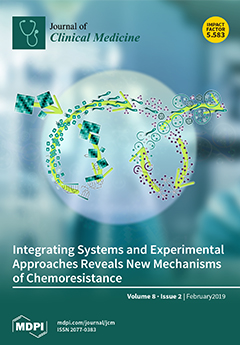
Efficacy of Omega-3 Intake in Managing Dry Eye Disease: A Systematic Review and Meta-Analysis of Randomized Controlled Trials
2023 Nov 10 Journal of Clinical Medicine Wang WX, Ko ML
Meta-Analysis Systematic Review Omega-3 Fatty Acids Eicosapentaenoic Acid Dry EyeOmega-3 fatty acid supplements can effectively alleviate symptoms of dry eye disease, especially when consumed in high doses for a long term and with high eicosapentaenoic acid levels.

A network pharmacology-based investigation of the mechanism of action of chrysanthemum in treating dry eye
2023 Jan TMR Pharmacology Research Cao LY, Long Q, Jiang PF, Peng J, Peng QH
Network Pharmacology Chrysanthemum Dry EyeChrysanthemum has several active ingredients that can potentially treat dry eye by inhibiting inflammation-related factors and pathways, thus reducing inflammation of lacrimal gland tissue.
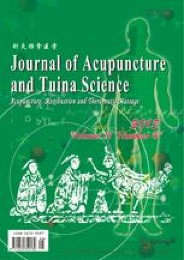
Efficacy of electroacupuncture for patients with dry eye syndromes: a randomized controlled trial
2022 Dec Journal of Acupuncture and Tuina Science Zhang D, Zhao Y, Yang Y, Liu X, Zhao Y, Shi Z, et al.
Both electroacupuncture (EA) and acupuncture alone effectively improve clinical symptoms, prolong tear film break-up time (TF-BUT), and enhance corneal sensitivity (CS) in DES patients. Additionally, both treatments significantly enhance QOL and reduce anxiety, with EA showing superior effectiveness in increasing tear secretion compared to acupuncture alone.
Randomised Controlled Trial Electroacupuncture Dry Eye
Efficacy observation of acupuncture for dry eye syndrome of lung-yin deficiency pattern
2021 Feb Journal of Acupuncture and Tuina Science Jing-wen L, Yao-dong Z, Ling Z, Cong H
Combining Er Long Xi Zhu and Guo Yan Re needling manipulations resulted in significantly higher clinical efficacy compared to twirling reinforcing manipulation for treating DES of lung-yin deficiency pattern.
Randomised Controlled Trial Clinical Study Acupuncture Dry EyeResearch insights are moderated by the Research Hub team and offer an at-a-glance overview of interesting research findings.

2024 Frontiers in Pharmacology
The review reveals that nutritional supplements, particularly fish oils, vitamins, trace elements, and phytochemical extracts, show promising therapeutic potential for Dry Eye Disease management.
Systematic Review Omega-3 Fatty Acids
Recommendations for nutritional supplements for dry eye disease: current advances
Cong Y, Zhang Y, Han Y, Wu Y, Wang D, Zhang B

2023 Journal of Clinical Medicine
Omega-3 fatty acid supplements can effectively alleviate symptoms of dry eye disease, especially when consumed in high doses for a long term and with high eicosapentaenoic acid levels.
Meta-Analysis Eicosapentaenoic Acid Omega-3 Fatty Acids
Efficacy of Omega-3 Intake in Managing Dry Eye Disease: A Systematic Review and Meta-Analysis of Randomized Controlled Trials
Wang WX, Ko ML

2023 TMR Pharmacology Research
Chrysanthemum has several active ingredients that can potentially treat dry eye by inhibiting inflammation-related factors and pathways, thus reducing inflammation of lacrimal gland tissue.
Network Pharmacology Chrysanthemum
A network pharmacology-based investigation of the mechanism of action of chrysanthemum in treating dry eye
Cao LY, Long Q, Jiang PF, Peng J, Peng QH
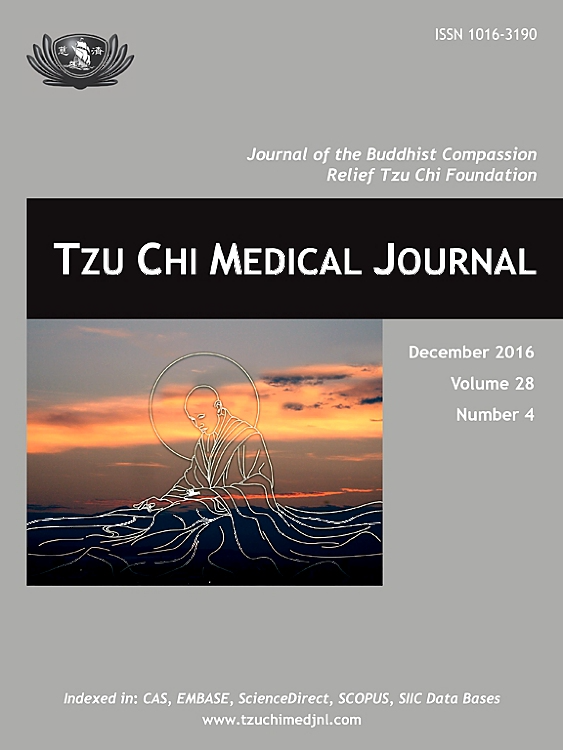
2021 Tzu Chi Medical Journal
Traditional Chinese medicine (TCM) can effectively treat dry eye disease (DED), and combining TCM with Western medicine can significantly enhance therapeutic effects and reduce treatment costs.
Systematic Review
Retrospective evaluation of the curative effect of traditional Chinese medicine on dry eye disease
Yang CC, Su SH, Ho TJ
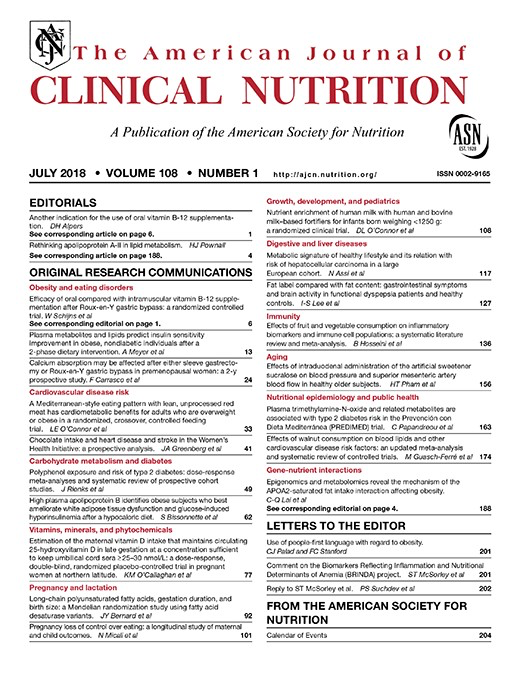
2020 The American Journal of Clinical Nutrition
A botanical formula of lutein ester, zeaxanthin, and extracts from blackcurrant, chrysanthemum, and goji berry can effectively lessen eye fatigue and improve macular function.
Randomised Controlled Trial Blackcurrant Chrysanthemum Zeaxanthin
A novel botanical formula improves eye fatigue and dry eye: a randomized, double-blind, placebo-controlled study
Kan J, Wang M, Liu Y, Liu H, Chen L, Zhang X, et al.
Review Articles
Review articles summarise and critically evaluate the current state of research on a specific topic or field by synthesising multiple primary research studies.

Recommendations for nutritional supplements for dry eye disease: current advances
2024 May 30 Frontiers in Pharmacology Cong Y, Zhang Y, Han Y, Wu Y, Wang D, Zhang B
Systematic Review Review Article Omega-3 Fatty Acids Dry EyeThe review reveals that nutritional supplements, particularly fish oils, vitamins, trace elements, and phytochemical extracts, show promising therapeutic potential for Dry Eye Disease management.

Efficacy of Omega-3 Intake in Managing Dry Eye Disease: A Systematic Review and Meta-Analysis of Randomized Controlled Trials
2023 Nov 10 Journal of Clinical Medicine Wang WX, Ko ML
Meta-Analysis Systematic Review Omega-3 Fatty Acids Eicosapentaenoic Acid Dry EyeOmega-3 fatty acid supplements can effectively alleviate symptoms of dry eye disease, especially when consumed in high doses for a long term and with high eicosapentaenoic acid levels.

Retrospective evaluation of the curative effect of traditional Chinese medicine on dry eye disease
2021 Jan Tzu Chi Medical Journal Yang CC, Su SH, Ho TJ
Systematic Review Review Article Dry EyeTraditional Chinese medicine (TCM) can effectively treat dry eye disease (DED), and combining TCM with Western medicine can significantly enhance therapeutic effects and reduce treatment costs.

Corrigendum: The Efficacy and Safety of Qiming Granule for Dry Eye Disease: A Systematic Review and Meta-Analysis
2020 Dec 11 Frontiers in Pharmacology Yang M, Hu Z, Yue R, Yang L, Zhang B, Chen Y
This study found that despite of the apparently positive results of some outcomes, it is premature to confirm the efficacy of Qiming granule (QG) in treating dry eye disease (DED).
Systematic Review Meta-Analysis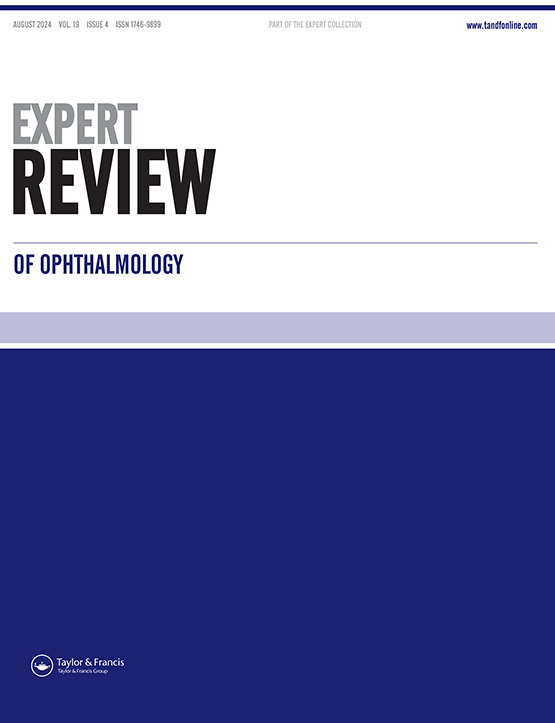
Nutrition and dry eye: a systematic review
2019 May 04 Expert Review of Ophthalmology Signes-Soler I, Javaloy Estañ J
The review found that omega-3 polyunsaturated fatty acids are the most studied and show moderate scientific evidence supporting their use as an adjunct in the management of dry eye syndrome, though the optimal dosage remains undefined.
Systematic Review Omega-3 Fatty Acids Dry EyeClinical Trials
Clinical trials are research studies that involve people and are conducted to evaluate the safety and efficacy of new treatments or interventions, such as drugs, medical devices, or behavioural therapies.

Efficacy of electroacupuncture for patients with dry eye syndromes: a randomized controlled trial
2022 Dec Journal of Acupuncture and Tuina Science Zhang D, Zhao Y, Yang Y, Liu X, Zhao Y, Shi Z, et al.
Both electroacupuncture (EA) and acupuncture alone effectively improve clinical symptoms, prolong tear film break-up time (TF-BUT), and enhance corneal sensitivity (CS) in DES patients. Additionally, both treatments significantly enhance QOL and reduce anxiety, with EA showing superior effectiveness in increasing tear secretion compared to acupuncture alone.
Randomised Controlled Trial Electroacupuncture Dry Eye
Efficacy observation of acupuncture for dry eye syndrome of lung-yin deficiency pattern
2021 Feb Journal of Acupuncture and Tuina Science Jing-wen L, Yao-dong Z, Ling Z, Cong H
Combining Er Long Xi Zhu and Guo Yan Re needling manipulations resulted in significantly higher clinical efficacy compared to twirling reinforcing manipulation for treating DES of lung-yin deficiency pattern.
Randomised Controlled Trial Clinical Study Acupuncture Dry Eye
A novel botanical formula improves eye fatigue and dry eye: a randomized, double-blind, placebo-controlled study
2020 Aug The American Journal of Clinical Nutrition Kan J, Wang M, Liu Y, Liu H, Chen L, Zhang X, et al.
Randomised Controlled Trial Blackcurrant Zeaxanthin ChrysanthemumA botanical formula of lutein ester, zeaxanthin, and extracts from blackcurrant, chrysanthemum, and goji berry can effectively lessen eye fatigue and improve macular function.

A Mechanism Study of Electroacupuncture for Dry Eye Syndrome by Targeting Conjunctival Cytokine Expressions
2019 Oct 04 Current Eye Research Zhang D, Zhao Y, Yang YT, Zhao Y, Wu DY, Liu XX, et al.
Electroacupuncture effectively improves symptoms of DES by reducing the ocular surface disease index (OSDI), increasing tear production, and extending tear film break-up time (BUT), possibly through regulation of conjunctival cytokine expressions such as MCP-1, M-CSF, RANTES, and TIMP-1, and involvement in pathways including Jak-STAT, chemokine signaling, and tumor necrosis factor signaling.
Randomised Controlled Trial Clinical Study Electroacupuncture Dry Eye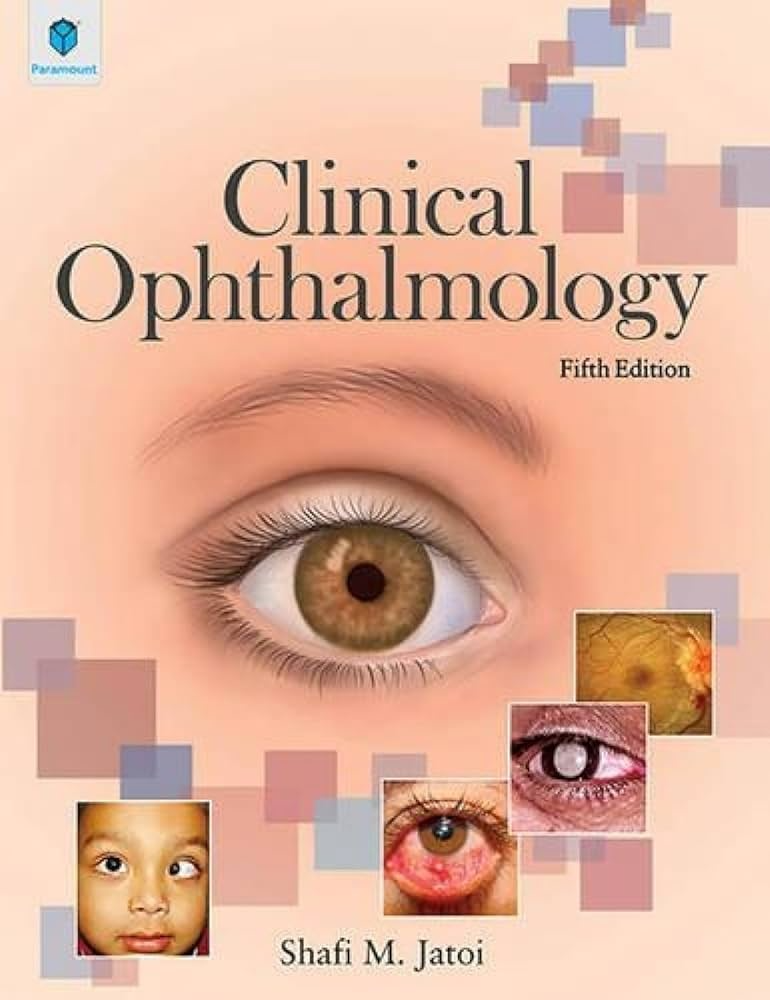
Acupuncture and dry eye: current perspectives. A double-blinded randomized controlled trial and review of the literature
2019 Apr 24th Clinical Ophthalmology Dhaliwal DK, Zhou S, Samudre SS, Lo NJ, Rhee MK
True acupuncture treatments significantly improved subjective assessments on Dry Eye symptoms. Acupuncture can, therefore, be an effective adjunct to routine clinical treatment of dry eye.
Randomised Controlled TrialStudy Protocols
Published study protocols are detailed plans that outline the objectives, methodology, statistical analyses, and organisation of a research study that have been made publicly available for others to review and use as a reference.
Presentation Slides

Systematic Review
The review reveals that nutritional supplements, particularly fish oils, vitamins, trace elements, and phytochemical extracts, show promising therapeutic potential for Dry Eye Disease management.
Cong Y, Zhang Y, Han Y, Wu Y, Wang D, Zhang B

Meta-Analysis
Omega-3 fatty acid supplements can effectively alleviate symptoms of dry eye disease, especially when consumed in high doses for a long term and with high eicosapentaenoic acid levels.
Wang WX, Ko ML

Network Pharmacology
Chrysanthemum has several active ingredients that can potentially treat dry eye by inhibiting inflammation-related factors and pathways, thus reducing inflammation of lacrimal gland tissue.
Cao LY, Long Q, Jiang PF, Peng J, Peng QH

Systematic Review
Traditional Chinese medicine (TCM) can effectively treat dry eye disease (DED), and combining TCM with Western medicine can significantly enhance therapeutic effects and reduce treatment costs.
Yang CC, Su SH, Ho TJ

Randomised Controlled Trial
A botanical formula of lutein ester, zeaxanthin, and extracts from blackcurrant, chrysanthemum, and goji berry can effectively lessen eye fatigue and improve macular function.
Kan J, Wang M, Liu Y, Liu H, Chen L, Zhang X, Huang C, Liu BY, Gu Z, Du J

Meta-Analysis
Polyunsaturated fatty acids treatment shows improved outcomes for patients with nonspecific typical dry eye disease, in particular as a short-term intervention.
Chi SC, Tuan HI, Kang YN
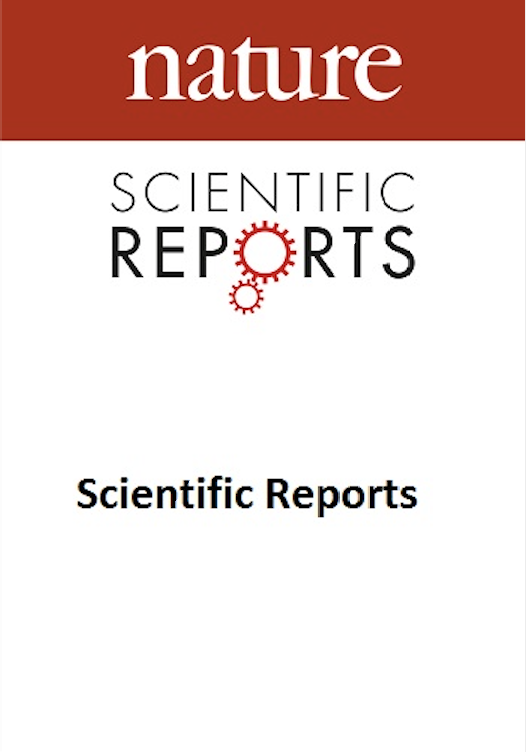
Experimental Study
The component pterostilbene, found naturally in blueberries, shows potential in preventing inflammation and oxidative stress on the human cornea, suggesting protection against dry eyes.
Li J, Ruzhi Deng , Hua X, Zhang L, Lu F, Coursey TG, Pflugfelder SC, Li DQ
Executive Summary
Write an executive summary in the form of a blog article on the topic of "Research into Chinese medicine treatment for Dry Eye" summarising the research below and using language that can be easily understood by patients and avoiding medical jargon using a professional and caring tone of voice.
Write an executive summary in the form of a blog article on the topic of "Researched Chinese medicine treatments for Dry Eye" summarising the research below in an objective and easy to understand way, and using language that can be easily understood by patients. Group the article into Chinese medicine treatments first, followed by nutrition and other treatments. Avoid using medical jargon and use a professional and caring tone of voice.
Write me a concise but easy to understand executive summary on the topic of "Chinese medicine treatments for Dry Eye" based on the following research that I will give you. Your summary should be 2 paragraphs long in Australian English spelling and include references to the studies.
A Systematic Review published in 2024 in the journal Frontiers in Pharmacology found that The review reveals that nutritional supplements, particularly fish oils, vitamins, trace elements, and phytochemical extracts, show promising therapeutic potential for Dry Eye Disease management. The methodology used in the research paper mainly focuses on evaluating different oral nutritional supplements with varied compositions and dosages, in order to assess their impact on Dry Eye Disease symptoms. These supplements include key components like fish oils, vitamins, trace elements, and extracts from plants, recognized for their potential nutritional value. Emphasizing the role of nutrition in combating ocular surface diseases, the research also emphasizes the imbalance caused by deficiencies in polyunsaturated fatty acids and vitamin insufficiencies, which can lead to ocular issues such as inflammation and oxidative stress. The results discussion outlines considerable benefits of using these supplements, not only for managing Dry Eye Disease symptoms but also potentially for overall ocular health. It was observed that nutrients in these supplements hold promising therapeutic qualities, presenting new perspectives for supplement combinations in Dry Eye Disease treatment. Beyond the well-known nutrients, it was suggested that exploring novel nutrients could help establish even more effective management strategies for Dry Eye Disease.
A Meta-Analysis published in 2023 in the journal Journal of Clinical Medicine found that Omega-3 fatty acid supplements can effectively alleviate symptoms of dry eye disease, especially when consumed in high doses for a long term and with high eicosapentaenoic acid levels. The methodology of this study involved an intensive review of data from multiple reliable sources like PubMed, Embase, and others covering the timespan from 2013 to 2023. The focus was on randomized clinical trials that studied the impact of omega-3 fatty acids on patients with dry eye disease and provided accessible pre- and post-intervention data. Studies with overlapping participants were excluded, as were studies without omega-3 supplementation or not featuring a placebo control or quantitative assessments. Independent reviewers extracted data pertaining to dry eye symptom scores and other related metrics. The results showed that patients who were administered omega-3 treatment demonstrated considerable improvement in symptoms of dry eye disease compared to those on a placebo treatment. The meta-regression analysis deduced positive correlations between the daily dose of omega-3, duration of omega-3 intake, and percentage of eicosapentaenoic acid, with a reduction in dry eye symptom scores. Similar trends were observed with other dry eye related metrics. These findings provide substantial evidence on the beneficial effect of omega-3 fatty acid supplements in managing dry eye disease. However, due to the diversity in patient characteristics and the heterogeneity in study results, care should be taken in widely applying these findings.
A Network Pharmacology published in 2023 in the journal TMR Pharmacology Research found that Chrysanthemum has several active ingredients that can potentially treat dry eye by inhibiting inflammation-related factors and pathways, thus reducing inflammation of lacrimal gland tissue. The study used network pharmacology methods and various databases to further analyze the mechanism of Chrysanthemum in treating dry eye. First, the TCMSP was used to screen for candidate active ingredient molecules of chrysanthemum showcasing requisite oral bioavailability and drug similarity. The active ingredients of chrysanthemum were then identified, followed by target prediction. Cytoscape was used to construct a compound-target network for chrysanthemum. The Online Mendelian Inheritance in Man and DisGeNET databases were utilized to pinpoint pathogenic genes associated with dry eye, and the STRING database produced an interaction network and bar graph to scrutinize protein interactions. Using Venny, a final drug-active ingredient-key target-disease network was created. The study found that Chrysanthemum has eighty active ingredients corresponding to targets for treating dry eye. These key functional targets primarily regulate gene expression, oxidative stress, immune response, apoptosis, proliferation, regulation of cellular inflammation-related factors, and angiogenesis. The primary pathways associated with these key targets include interleukin signaling, metabolism, cytokine signaling in the immune system, immune system, and signal transduction, thereby improving the condition of dry eye primarily through the inhibition of inflammation-related factors.
A Systematic Review published in 2021 in the journal Tzu Chi Medical Journal found that Traditional Chinese medicine (TCM) can effectively treat dry eye disease (DED), and combining TCM with Western medicine can significantly enhance therapeutic effects and reduce treatment costs. The researchers carried out a comprehensive review of studies conducted from 2001 to 2020, focusing on the use of Traditional Chinese Medicine (TCM) and an integration of Chinese and Western medicine for the treatment of DED. Four categories of Chinese medicines were identified for their application in treating DED: anti-oxidants, anti-inflammatory agents, hormone-like agents, and cell-repairing agents. In addition, they also acknowledged the usage of compound herbs like Chi-Ju-Di-Huang-Wan and Qiming granule for alleviating dry eye symptoms. The researchers arrived at significant findings from their examination of multiple studies. The use of Traditional Chinese Medicine (TCM) has shown effective results in the treatment of Dry Eye Disease (DED). Moreover, the integration of TCM with Western medicine has amplified the therapeutic effects in patients while making the treatment cost-effective. This suggests that not only can TCM be a promising approach for treating DED, but a combined treatment strategy with Western medicine can also lead to substantial improvements in curing the condition.
A Randomised Controlled Trial published in 2020 in the journal The American Journal of Clinical Nutrition found that A botanical formula of lutein ester, zeaxanthin, and extracts from blackcurrant, chrysanthemum, and goji berry can effectively lessen eye fatigue and improve macular function. Research methodology involved the distribution of 360 randomly selected participants into four groups where they received placebos and three varied doses of a botanical formula. This formula, given in chewable tablets comprised of 6 mg, 10 mg, or 14 mg of lutein. Each participant was administered these once daily over a period of 90 days, and had three check-ins at the beginning, at day 45, and finally on day 90 of the study. The results of the study indicated that the botanical formula effectively improved the individual scores of participants on eye fatigue symptoms like eye soreness, blurred vision, dry eyes, foreign body sensation, and tearing. Using the formula resulted in a notable decrease in the total score of eye fatigue symptoms at both the 45-day and 90-day intervals as compared to the placebo while also significantly improving visuognosis persistence time. Tear secretion improvement was observed in the groups having 10mg and 14mg lutein formula, supported by the Schirmer test. Furthermore, the results showed an increase in macular pigment optical density with all three doses of the formula, but no significant alterations were observed in the retinal thickness and retinal volume among all the groups at both check-ins.
A Meta-Analysis published in 2019 in the journal Nutrients found that Polyunsaturated fatty acids treatment shows improved outcomes for patients with nonspecific typical dry eye disease, in particular as a short-term intervention. In this research, randomized clinical trials were searched from various databases, which included Cochrane Library, EMBASE, PubMed, and Web of Science, all investigating the impact of polyunsaturated fatty acids (PUFAs) on patients with nonspecific typical dry eye disease. The trials were conducted until March 2019. A total of thirteen eligible clinical trials with 1782 patients were eventually included. Specific data points such as tear breakup time, Schirmer's test, osmolarity, and ocular surface disease index were extracted by two independent reviewers. A pairwise meta-analysis was undertaken using means and standard deviations under a random-effects model for various outcomes. This research demonstrated that patients who received treatment solely with PUFAs showed significant improvements in specific observations such as tear breakup time, Schirmer's test scores, osmolarity, and ocular surface disease index when compared with patients who only received a placebo. However, it was noted that the positive effects of PUFAs on tear breakup time and ocular surface disease index scores decreased as the duration of treatment increased. Despite this, PUFAs were found to be effective for treating nonspecific typical dry eye disease, especially as a short-term treatment option and displayed few adverse events. The study therefore concluded that PUFA supplements could be beneficial to patients with nonspecific typical dry eye disease who are not using other types of eye medication concurrently.
A Experimental Study published in 2016 in the journal Scientific Reports found that The component pterostilbene, found naturally in blueberries, shows potential in preventing inflammation and oxidative stress on the human cornea, suggesting protection against dry eyes. This research employed an in vitro culture model of human corneal epithelial cells, exposing these cells to a hyperosmotic medium. Gene expression was observed via RT-qPCR, while protein production or activity was found using methods including ELISA, zymography, Western blotting, and immunofluorescent staining. Reactive oxygen species' production was also monitored using a DCFDA kit. Pterostilbene was administered and its effects on the expression of pro-inflammatory mediators and reactive oxygen species production were subsequently observed. The results showed that in corneal cells exposed to hyperosmotic medium, the addition of pterostilbene resulted in a notable decrease in the expression of pro-inflammatory mediators and suppressed overproduction of reactive oxygen species. Furthermore, pterostilbene also showed a significant decrease in the levels of oxidative damage biomarkers; it was found to rebalance homeostasis between oxygenases and anti-oxidative enzymes, demonstrating that pterostilbene has potentially protective effects on the human cornea from inflammation and oxidative stress.
Moderation Tools
Topic
Sign In
Users not signed in are limited to viewing the 5 most recent items of content.